אחריות מלאה
יש לך 3 שניות לתפוס את תשומת הלב של הלקוחות שלך.
צילום אדריכלי מדויק ומקצועי הופך את המבנה שתכננת לכלי שיווקי: הוא מדגיש קווים, עומקים ופרופורציות, משקף את החשיבה האדריכלית, ומעביר ללקוח לא רק מה שהוא רואה – אלא את כל מה שמתכוונים להרגיש.
עם ניסיון של 16 שנה אני מתחייב לתוצאה שתציג את העבודה שלך בצורה הטובה ביותר. אם אחרי סבב תיקונים אחד לא תהיה מרוצה – לא תחויב כלל. אחריות מלאה ותהליך שקוף מהתחלה ועד הסוף.
לצפייה במחירים ובחבילות ←
כשמותגים מובילים בוחרים בנו, אתה יודע שבחרת נכון
בסטודיו שלי אנחנו יוצרים תמונות שמבליטות את היתרונות של המוצר, מדגישות את איכות הייצור והחומרים, וגורמות לגולש לעצור, להתעניין ולרכוש.



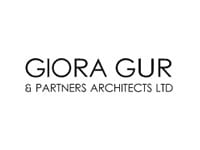
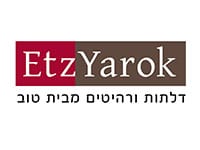



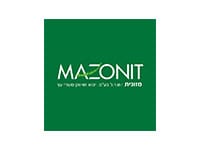
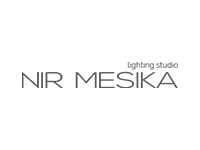
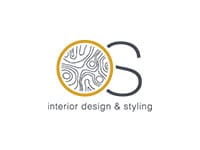

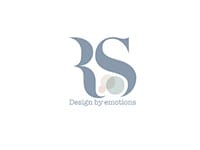
איך נראה תהליך עבודה מסודר?
בשיחה לפני, מגדירים יחד מה חשוב להדגיש, חלל פנימי, שילוב חומרים, תאורה טבעית או פרטים עיצוביים.
מגיעים למקום עם תכנון מלא: מה לצלם, מתי ואיך.
הצילום מתבצע בזוויות שמחמיאות למבנה, תוך שימוש באור טבעי בשעות הנכונות עם מילוי בתאורה מלאכותית עדינה.
בסיום, התמונות עוברות עיבוד מדויק שמבליט את מה שבאמת חשוב, בלי אפקטים מיותרים.
כמה תמונות צריך?
תלוי בגודל ומורכבות הפרויקט. בממוצע, סט צילום אדריכלות כולל 10-25 תמונות: חזית, חללי פנים ותקריבים.
המטרה אינה כמות אלא דיוק: שכל תמונה תספר חלק מהסיפור האדריכלי.
התקשר עכשיו – לצילום אדריכלות שמדגיש את הייחודיות שלך.
שימושים נוספים
התמונות משרתות אותך בכל ערוץ: אתר, מצגות, הצעות מחיר, רשתות חברתיות ופרסומים.
תמונה מקצועית אחת יכולה ללוות אותך חודשים ואף שנים ולחסוך הסברים אינסופיים.
רוצה לקדם את הפרויקט הבא שלך?
שלח לי קישור או תמונות, ואחזור אליך עם הצעה מדויקת – מה לצלם, איך לצלם, ואיך להפוך את הפרויקט שלך לתיק עבודות שמוכר.
שאלות נפוצות על צילום אדריכלות
כמה זמן לוקח צילום אדריכלות?
בדרך כלל יום צילום מלא ניתן להכניס 2-3 לוקיישנים, תלוי במרחק בינהם וכמה תמונות כל פרוייקט מצריך.
כמה מהר מקבלים את התמונות הסופיות?
בדרך כלל 7-14 ימי עסקים. במקרים דחופים ניתן לספק סט ראשוני גם תוך 48 שעות.
מה ההבדל בין צילום חובבני למקצועי?
צילום מקצועי שומר על קווים ישרים, מנצל אור טבעי, מדגיש עומק וחומר, ומציג את המבנה בצורה שמשכנעת גם לקוח שלא ביקר בו פיזית.
התקשר עכשיו – לצילום מקצועי שמספר את הסיפור האדריכלי שלך.


